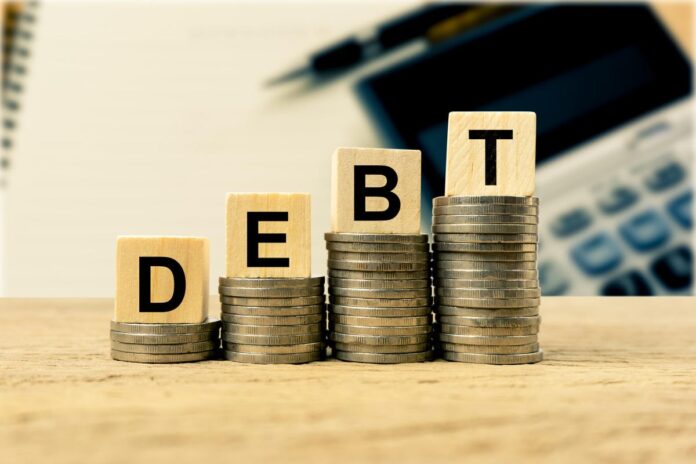The central government’s debt increased by Rs8.07 trillion, or 13%, during the last fiscal year 2023-24, reaching a total of Rs68.9 trillion by the end of June 2024, according to data from the State Bank of Pakistan (SBP).
The debt stock rose by 1.7% in just one month, up from Rs67.73 trillion at the end of May, reflecting mounting financial challenges.
Despite the growing debt, the government has struggled to curb its spending, which could have provided some relief to the public and allowed for development expenditures.
The Public Sector Development Programme (PSDP) has seen repeated budget cuts to accommodate rising spending, contributing to economic contraction in FY23 and a modest growth rate of 2.4% in FY24.
Much of the government’s spending has been financed through additional borrowing, with debt servicing costs amounting to Rs8.3 trillion in FY24 alone.
For the current fiscal year, the government has allocated Rs9.78 trillion for debt servicing, which constitutes more than half of the total budget outlay of Rs18.9 trillion.
The federal government’s domestic debt saw an increase of Rs8.35 trillion, rising from Rs38.81 trillion in June 2023 to Rs47.16 trillion by the end of June 2024.
Pakistan Investment Bonds (PIBs) were the dominant component of this domestic debt, growing by Rs6 trillion to reach Rs28 trillion over the year.
Market Treasury Bills, which attracted around $444 million in foreign investment during FY24, contributed to a rise in total debt to Rs10.25 trillion by June 2024, up from Rs9.33 trillion a year earlier.
In terms of foreign debt, the SBP data showed that the country paid $16.94 billion in debt servicing during FY24, down from $20.82 billion in FY23—a reduction of $3.89 billion. Of this, $5.46 billion was for interest payments, while $11.48 billion covered the principal amount.
As per Topline Pakistan Research, Pakistan’s external debt-to-GDP ratio has decreased to 26%, the lowest in six years. This improvement is attributed to a slower increase in foreign currency borrowings compared to local currency borrowings. In FY23, the external debt-to-GDP ratio stood at 32%, but the latest figures reflect the government’s efforts to manage external liabilities more effectively.
Another positive sign was the drop in the ratio of external debt servicing to total exports, which fell sharply to 35% in FY24 from 51% in the previous fiscal year. This ratio indicates the extent to which export revenues are consumed by debt servicing, highlighting the country’s vulnerability to potential declines in export earnings.




